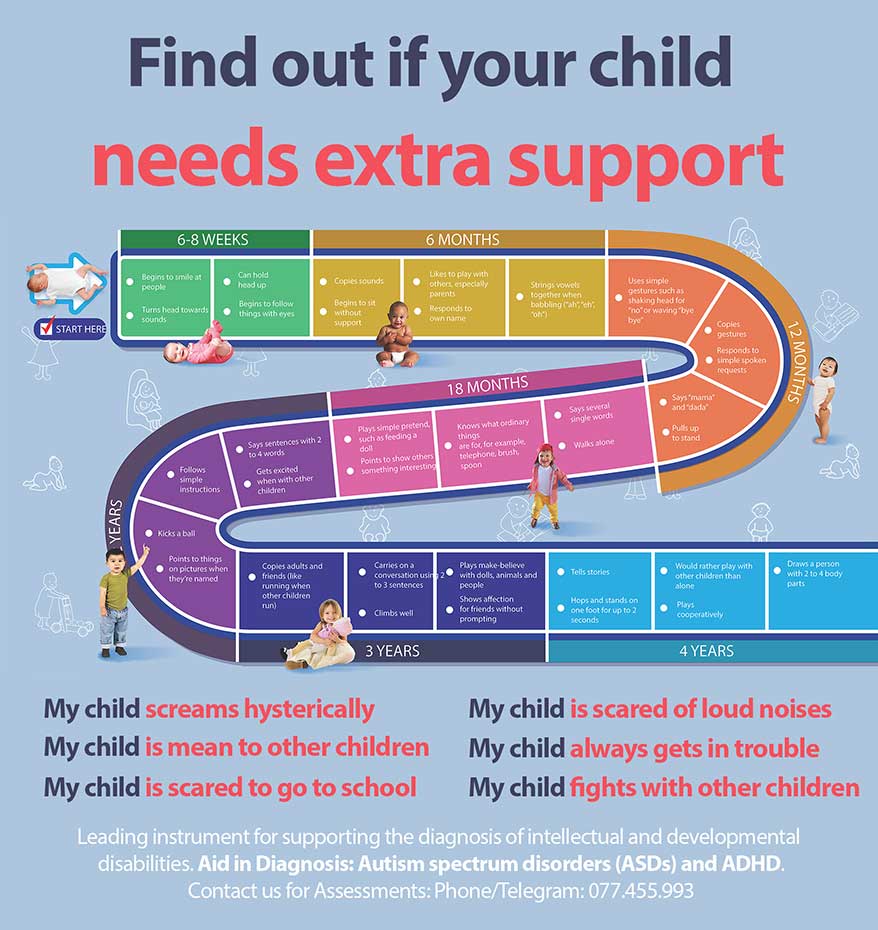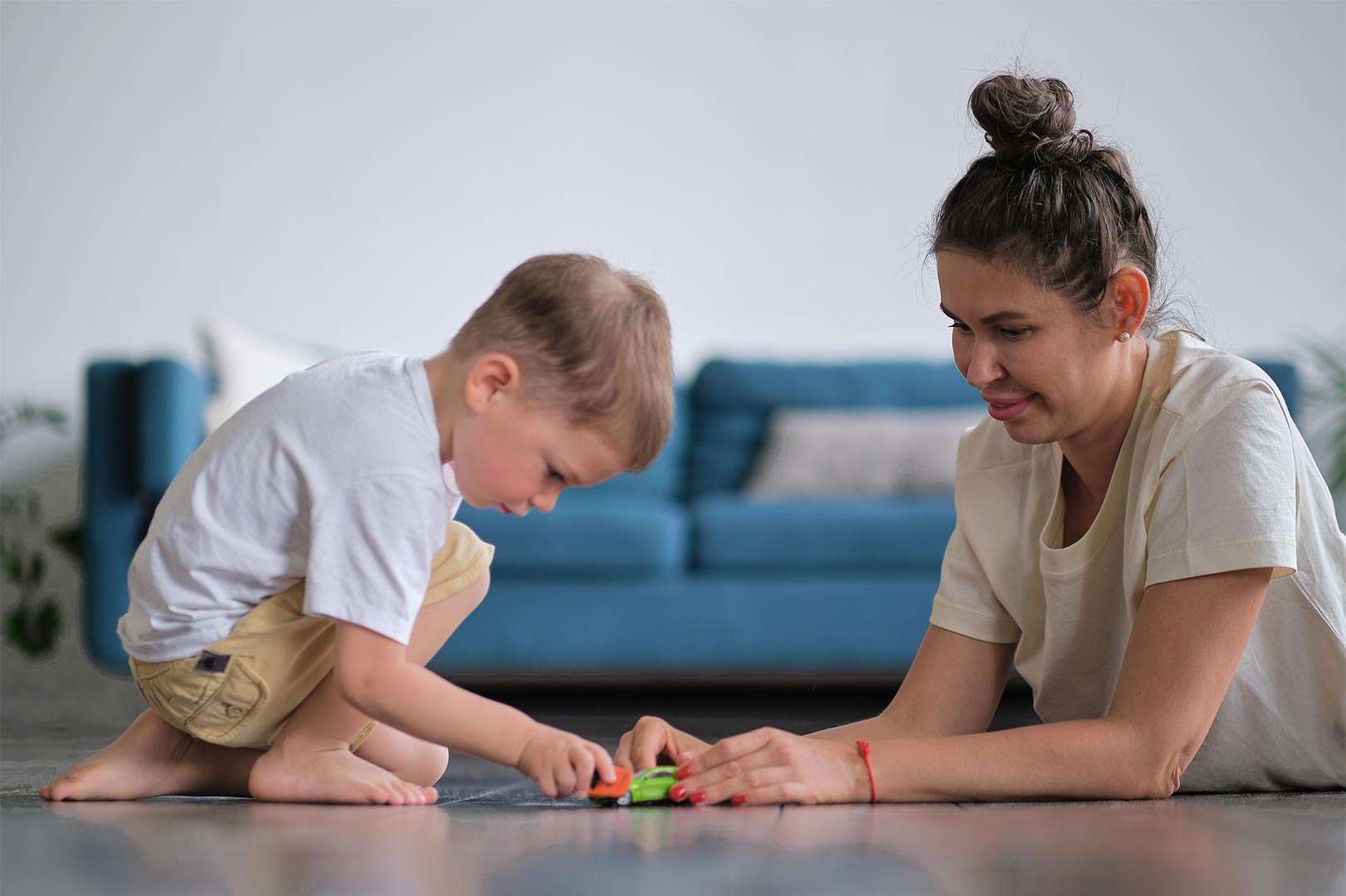Applied behavior analysis (ABA) is a type of therapy that uses the principles of learning to help people with autism spectrum disorder (ASD) learn new skills and behaviors. ABA therapy is based on the idea that all behavior is learned, and that by changing the environment and providing positive reinforcement, we can change behavior.
ABA therapy has been shown to be effective in improving a wide range of skills in people with ASD, including communication, social skills, self-care, and behavior. In fact, ABA therapy is considered to be the gold standard for treatment for ASD.
How Does ABA Therapy Work?
ABA therapy is typically delivered in one-on-one or small group settings. The therapist will work with the individual to identify specific skills or behaviors that they want to improve. Then, the therapist will develop a treatment plan that includes a series of steps to help the individual learn the desired skill or behavior.
The steps in an ABA treatment plan are typically very specific and measurable. For example, if the goal is to teach the individual to say “hello,” the steps might include:
- The therapist will say “hello” to the individual and wait for them to respond.
- If the individual does not respond, the therapist will say “hello” again and offer a reward, such as a piece of candy.
- If the individual responds, the therapist will praise them and give them the reward.
The therapist will continue to repeat these steps until the individual is consistently saying “hello” without any prompts or rewards.
Benefits of ABA Therapy
ABA therapy has been shown to be effective in improving a wide range of skills in people with ASD. Some of the benefits of ABA therapy include:
- Improved communication skills: ABA therapy can help people with ASD learn to communicate more effectively, both verbally and nonverbally.
- Improved social skills: ABA therapy can help people with ASD learn how to interact with others more effectively.
- Improved self-care skills: ABA therapy can help people with ASD learn how to take care of themselves, such as dressing, bathing, and eating.
- Reduced problem behaviors: ABA therapy can help people with ASD reduce problem behaviors, such as aggression, self-injury, and tantrums.
Is ABA Therapy Right for My Child?
If you are considering ABA therapy for your child, it is important to talk to your child’s doctor or a qualified ABA therapist. They can help you assess your child’s needs and determine if ABA therapy is the right treatment for them.
ABA therapy can be a very effective treatment for ASD, but it is important to find a qualified therapist who has experience working with children with ASD. The therapist should be able to develop a treatment plan that is tailored to your child’s individual needs.
ABA Therapy and the Future
ABA therapy is a rapidly evolving field, and there are a number of new and innovative approaches to ABA therapy being developed. These new approaches are designed to be more efficient and effective, and to address the needs of a wider range of individuals with ASD.
As ABA therapy continues to evolve, it is likely to become an even more effective treatment for ASD. This is good news for the millions of people around the world who are affected by ASD.
Find out if your child needs extra support today!
- My child screams hysterically
- My child is mean to other children
- My child is always worried
- My child is scared to go to school
- My child is scared of loud noises
- My child doesn’t know how to read
- My child is scared to play outside
- My child does not respond to his name
- My child always gets in trouble
- My child fights with other children
- My child doesn’t know how to count
If you are concerned about your child’s development, contact us for Assessments: Phone/Telegram: 077.455.993 – Telegram Link: https://t.me/OrbRom
If you are concerned about your child’s development, contact us for Assessments.
Phone/Telegram: 077.455.993 Link: https://t.me/OrbRom






Leave A Comment